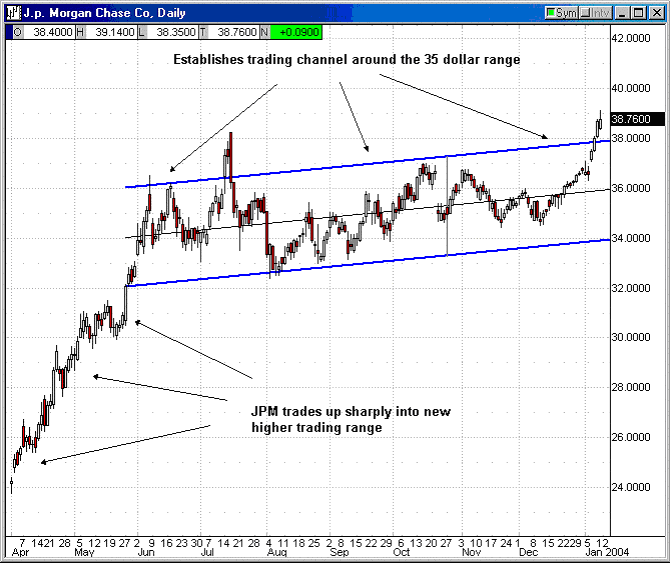There’s a reason why it’s said, “fortunes are made and lost in options.” Options trading carries immense potential for both exhilaration and heartache. Understanding typical returns can help investors navigate this fascinating yet complex financial landscape.

Image: www.youtube.com
In this comprehensive guide, we’ll delve into the labyrinth of options trading, shedding light on potential returns, risks, and strategies. From history to the latest trends, we’ll provide you with the knowledge to make informed decisions and maximize your chances of success.
Options Trading: A Journey Through Time
Options have been around for centuries, tracing their origins to ancient Greece. In the modern era, the first exchange-traded options were introduced in 1973, marking a new chapter in financial markets. Today, options trading is a pervasive force, with a vast range of options available across stocks, indices, commodities, and currencies.
What are Options and How Do They Work?
Options are essentially financial contracts that confer the right, but not the obligation, to buy or sell an underlying asset at a specified price. There are two primary types of options: calls and puts. Calls give the right to buy, while puts confer the right to sell.
Each option contract represents 100 shares of the underlying asset. The buyer of an option pays a premium to the seller in exchange for this right. This premium reflects the value of the contract, which is influenced by factors such as the strike price, expiration date, volatility, and supply and demand.
Typical Options Trading Returns
The potential returns in options trading can vary drastically depending on several factors. These include:
Option Type: Call options have the potential for unlimited profits if the underlying asset price increases. Put options offer limited profit potential, but they can benefit from price declines.
Market Conditions: Bullish markets tend to favor call options, while bearish markets lean towards put options. Volatility also plays a crucial role, as higher volatility often leads to higher option premiums.
Strike Price: The strike price is the predetermined price at which the underlying asset can be bought or sold at expiration. It significantly impacts the option premium and the potential return on investment.
Expiration Date: Options have a finite lifespan, and the value of the contract decays as expiration approaches. Longer-term options offer higher potential profits but also carry increased risk.
Return Distribution: Historically, most options trading returns fall within a wide range, with a significant proportion resulting in either losses or small gains. Large profits are possible but less common.

Image: www.dolphintrader.com
Expert Insights and Actionable Tips
Navigating the options trading landscape requires prudence and strategic decision-making. Here are some insights from experts:
- “Don’t trade options unless you fully understand the risks involved.” – Warren Buffett
- “Successful options trading is about managing probabilities, not predicting outcomes.” – Mark Douglas
- “Trade with a risk management plan and stick to it.” – Nassim Nicholas Taleb
Typical Options Trading Returns

Image: meta-formula.com
Conclusion
Options trading presents a double-edged sword of potential rewards and risks. Understanding typical returns and leveraging expert insights can empower investors to navigate the complexities of this financial vehicle effectively. By embracing a strategy that balances risk and opportunity, investors can unlock the doors to financial success through options trading.
Remember, investing in options is not a surefire path to riches. It requires patience, research, and a clear understanding of the inherent risks. Approach options trading with a measured strategy and always consult experienced professionals when necessary.






